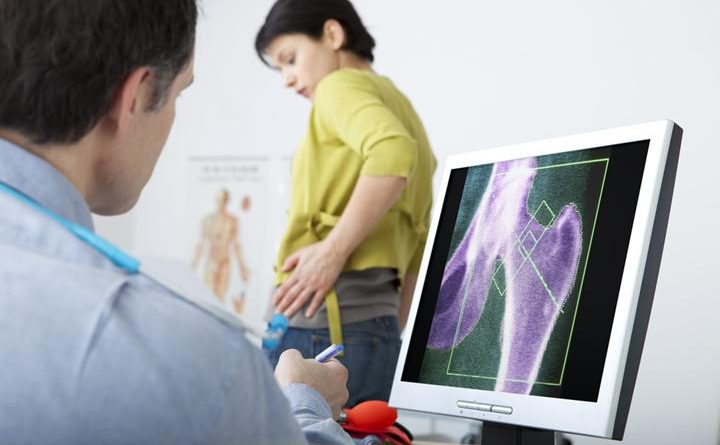Hip pain is common ailment suffered by many and unfortunately can be caused by a variety of different problems. Hip Pain Treatment can be managed in several ways depending on the cause and severity of the condition.
Non-Surgical Hip Pain Treatment
A physical therapist can help hip pain sufferers by expanding their range of motion, improving strength and muscle tone. A therapist will need to evaluate the level of hip pain by reviewing a sufferer’s flexibility, posture and overall mobility to create a strategy. This will help individuals with their hip pain Treatment. To help relieve pain, therapy is practiced two to three times a week for six to ten weeks. Patients must practice the home exercises provided by their therapist to ensure a completed treatment. A supportive device may be needed to lessen pain and help individuals function. These aids include a walker or a cane. This treatment is advised for individuals who are losing their balance and are at risk for falling. Other devices are available to assist sufferers in challenging tasks and include tools to reach far away items or a long shoehorn for putting on footwear.
Total Hip Replacement and other Surgeries
Most hip pain sufferers will be able to find treatment for hip pain without resorting to hip replacement surgery. However, difficult cases may require it. Technology has come a long way in relieving pain with surgery and it has become less invasive. These advances have revolutionized surgery resulting in reduced pain after the procedure, a quicker recovery and shorter stay in the hospital. Surgeons will often begin Hip Pain Treatment with arthroscopy, which is a procedure involving insertion of a scope to uncover the cause of pain. Problems that are often corrected include shaving ravaged cartilage, removing loose fragments or irrigating the hip. This surgical procedure has proven to postpone hip osteoarthritis and reduce pain. Surgeons perform osteotomy to reform bones and remove stress from areas that are damaged or diseased. This surgery is also used to benefit hip and ball alignment, which often relieves pain. A surgeon specializing in hip problems will cut the bones and reshape or remove them to correct pain problems.
Total hip replacement may be required to replace parts of the hip that are too damaged for other treatments. Hip replacement surgery involves three sections, the stem, ball and socket. The outer section of the replaced socket is generally made out of metal and the inner section is constructed with metal, plastic or ceramic. This surgery has provided relief for pain sufferers over the last 40 years.
Medication For Hip Pain Treatment
Several pain medications are able to provide pain relief for hip problems. Basic over-the-counter medicines with non-steroidal anti-inflammatory drugs or NSAIDs may relieve pain. These medications include ibuprofen and naproxen. Also, prescription NSAIDs may be taken for pain removal such as meloxicam or etodolac. These medications can be helpful for hip pain that occurs from arthritis. The tablets are able to prevent prostaglandins, which can increase body inflammation. Another option for pain sufferers to consider is disease-modifying anti-rheumatic drugs or DMARDs. This type of medication has proven effective for inflammatory arthritis. Often, a doctor may prescribe the oral medication of corticosteroid. This treatment is generally used after other medications have failed to provide relief. Unfortunately, side effects such as higher blood pressure, weight gain and osteoporosis can occur. These tablets should not be used over a long time period. Occasionally, corticosteroids are injected into the hip area that is inflamed and this can be an effective hip pain treatment
Hip Pain Treatment options are vast and individuals who suffer from it will be able to find a treatment that they are comfortable with.
Featured Image: depositphoto/imagepointfr








